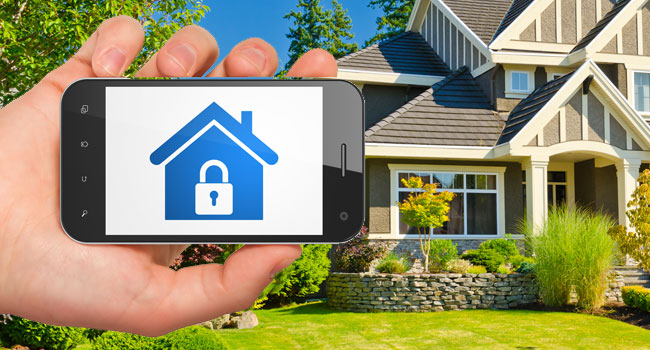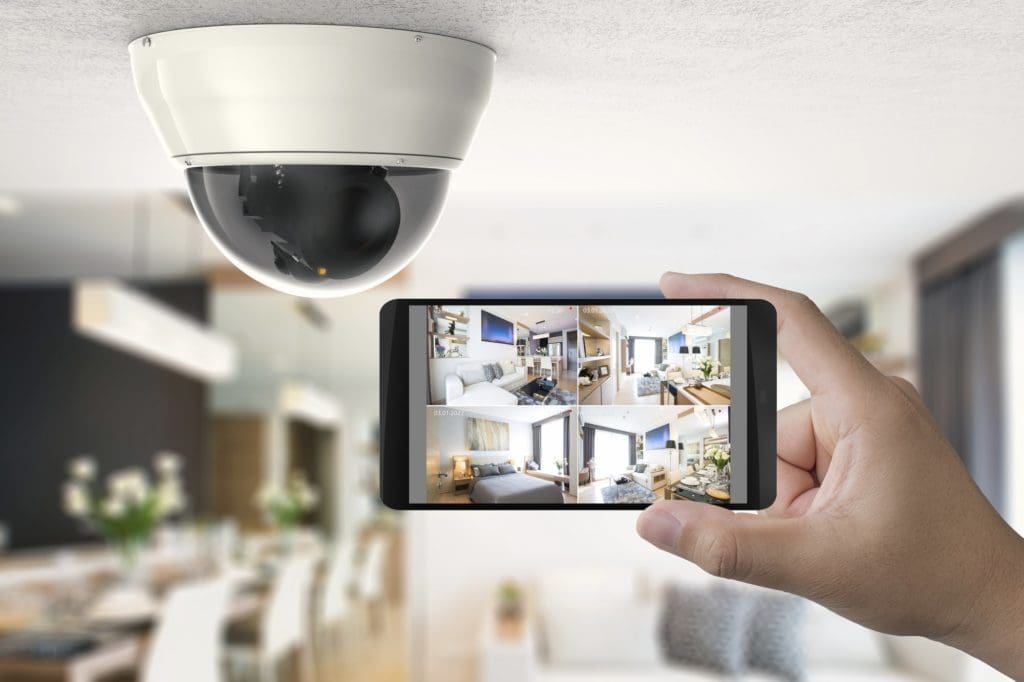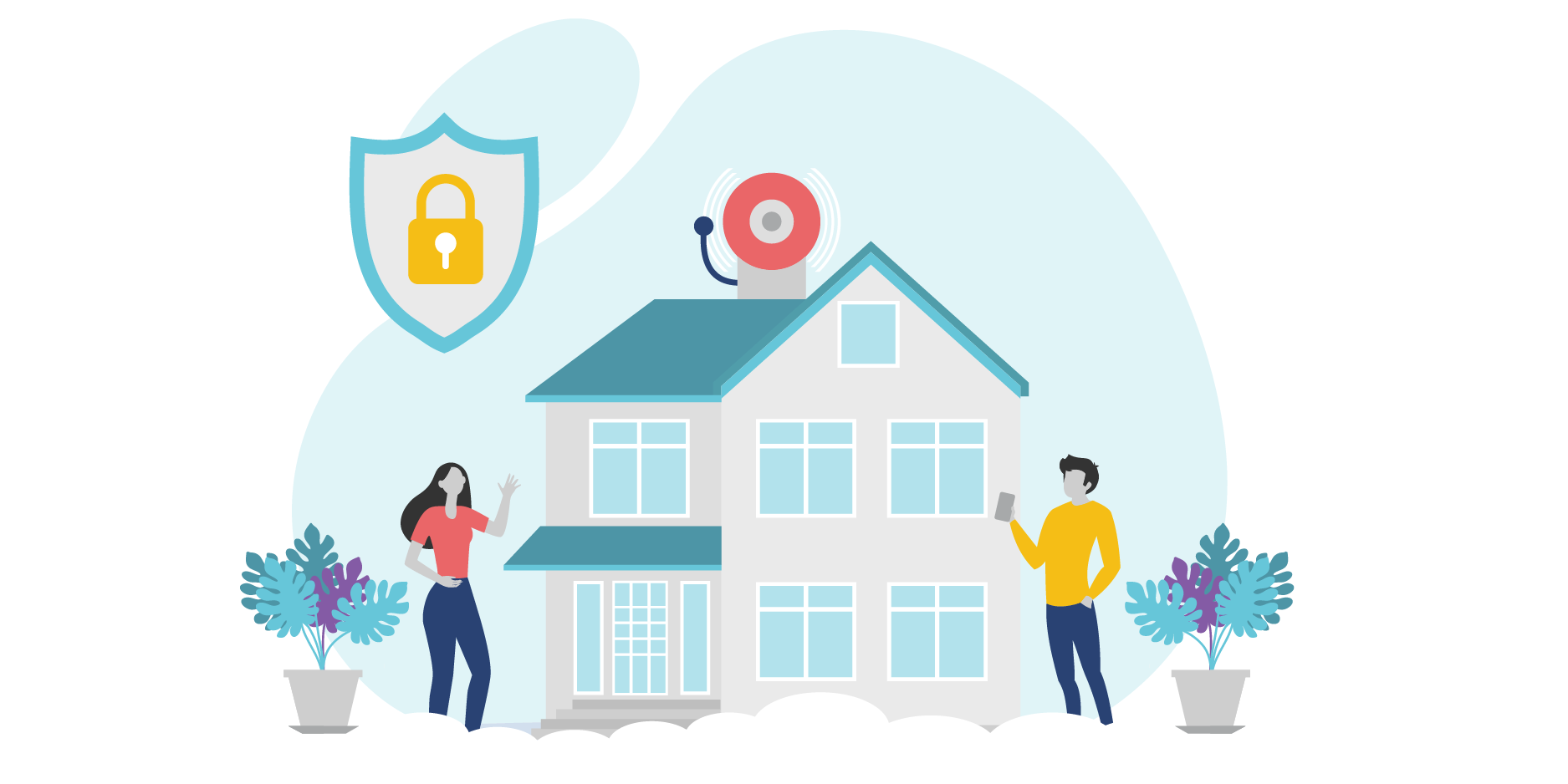In a world where technology is rapidly advancing, our approach to home security must evolve accordingly. By 2025, we expect innovations in smart security systems, but the fundamentals of safeguarding your property remain essential. The good news is that protecting your home has never been easier or more effective with today’s modern solutions. This comprehensive guide offers practical and forward-thinking tips to help you protect what matters most—your home and family.
1. Upgrade to a Smart Home Security System

The backbone of a secure home in 2025 is a robust smart security system. Traditional alarms are no longer sufficient as intruders have become more adept at bypassing older systems. Here’s what you should look for in a smart home security system:
- Integrated Smart Features: Look for systems that integrate with smart home devices such as Google Home or Amazon Alexa. This allows you to control security features using voice commands or mobile apps, offering greater convenience and control.
- AI-Powered Surveillance: Invest in security cameras that use artificial intelligence (AI) for motion detection, facial recognition, and alert notifications. AI can differentiate between pets, people, and objects, reducing false alarms.
- Cloud Storage: Ensure that your security cameras have cloud storage options. This feature allows you to store video footage securely and access it from anywhere, providing an additional layer of security.
- 24/7 Monitoring: Opt for a system that includes professional monitoring services. In case of an emergency, the monitoring centre can alert authorities immediately.
By investing in a modern, integrated smart home security system, you create a robust first line of defence for your home.
2. Utilize Advanced Surveillance Cameras
Surveillance technology has come a long way in recent years. Today’s cameras offer features that make monitoring your property easier and more reliable:
- 4K Ultra HD Resolution: High-resolution cameras capture clear, detailed footage, which is crucial for identifying intruders.
- Night Vision: Infrared or colour night vision ensures you can monitor your home effectively, even in low-light conditions.
- Pan, Tilt, and Zoom (PTZ) Capabilities: PTZ cameras can rotate and zoom in on specific areas, providing a comprehensive view of your property.
- Smart Alerts: Choose cameras that offer instant notifications to your smartphone when they detect unusual activity.
Surveillance cameras are a powerful crime deterrent. Simply installing visible cameras can significantly reduce the risk of break-ins, as intruders are less likely to target a home that is actively monitored.
3. Install Smart Locks and Doorbell Cameras
Incorporating smart locks and doorbell cameras into your home security setup adds an extra layer of protection:
- Smart Locks: With smart locks, you can control access to your home remotely. This means you can lock or unlock doors from your phone, even when you’re not at home. You can also create temporary access codes for guests or service providers, eliminating the need for spare keys.
- Doorbell Cameras: A doorbell camera lets you see who is at your door before answering it. These devices offer live video streaming and two-way audio, allowing you to speak with visitors from anywhere. Many doorbell cameras also feature motion detection and alert you when someone approaches your door.
These tools are invaluable for enhancing your home’s entry security, preventing unauthorized access, and providing peace of mind.
4. Secure Your Wi-Fi Network

In 2025, a significant part of home security involves safeguarding your digital data. Many home security devices, including cameras and smart locks, rely on your home Wi-Fi network. Here’s how to protect it:
- Use a Strong Password: Avoid using default passwords for your Wi-Fi network. Choose a complex password that includes a mix of letters, numbers, and symbols.
- Enable Network Encryption: Ensure that your Wi-Fi network is encrypted with WPA3, the latest and most secure protocol.
- Create a Guest Network: Set up a separate guest network for visitors. This prevents them from accessing your primary network, where your smart devices are connected.
- Update Firmware Regularly: Keep your router’s firmware up to date to protect against security vulnerabilities.
A secure Wi-Fi network helps prevent hackers from gaining access to your smart devices, protecting both your digital and physical security.
5. Enhance Physical Security with Reinforced Doors and Windows
While high-tech solutions are essential, physical barriers remain a crucial component of home security. Strengthening your doors and windows can make a significant difference:
- Install Solid Core Doors: Replace hollow-core exterior doors with solid wood, metal, or fibreglass options. These materials are much more resistant to forced entry.
- Use Deadbolts: High-quality deadbolt locks provide extra security against break-ins. Consider installing smart deadbolts that can be controlled remotely.
- Reinforce Sliding Doors and Windows: Sliding glass doors are a common target for burglars. Install security bars or locks specifically designed for sliding doors. Use window security film to make glass windows more shatter-resistant.
- Install Window Sensors: Smart window sensors can detect when a window is opened or broken, alerting you immediately.
Investing in sturdy physical barriers can delay intruders, giving you or your alarm system time to respond.
6. Incorporate Smart Lighting for Security
Lighting plays a crucial role in home security. Well-placed lighting can deter intruders and make your home appear occupied:
- Motion-Activated Lights: Install motion-activated lights around the perimeter of your home. These lights automatically turn on when they detect movement, startling potential intruders.
- Smart Lighting Systems: Use smart lights that can be programmed or controlled remotely. Set up schedules to make it look like someone is home, even when you’re away.
- Solar-Powered Lights: For areas where wiring is difficult, consider using solar-powered security lights. They are eco-friendly and provide reliable illumination.
Proper lighting can enhance your home’s security by reducing hiding spots and increasing visibility.
7. Adopt a Comprehensive Security Strategy
A well-rounded home security plan involves more than just gadgets and devices. Consider these additional strategies:
- Conduct Regular Security Audits: Assess your home’s vulnerabilities periodically. Walk around your property and identify potential weak points, such as overgrown bushes that could conceal intruders.
- Get to Know Your Neighbors: Building good relationships with your neighbours can be a powerful security tool. Neighbours can help watch your property when you’re not home and alert you to suspicious activity.
- Use Security Signs and Stickers: Displaying signs from your security company can deter intruders, even if they are just a warning.
- Invest in a Safe: Keep your valuables, important documents, and spare keys in a secure, fireproof safe.
These measures complement your security system and help create a multi-layered defence for your home.
8. Embrace Artificial Intelligence for Home Security

AI technology is transforming home security, making it more intelligent and efficient. Here’s how you can harness the power of AI:
- AI-Enhanced Surveillance: AI can analyze video feeds in real-time, identifying potential threats based on behaviour patterns. This helps reduce false alarms and increases response times.
- Voice-Activated Security Systems: Many modern security systems now offer voice-activated features. You can control alarms, cameras, and other devices using simple voice commands, enhancing ease of use.
- Predictive Analytics: Some advanced systems use predictive analytics to anticipate potential security threats based on data analysis, such as unusual activity in your neighbourhood.
AI-driven solutions are shaping the future of home security, providing smarter and more reliable protection.
9. Plan for Emergency Scenarios
Being prepared for emergencies is an essential part of home security:
- Create an Emergency Plan: Develop a plan for different scenarios, such as a break-in, fire, or natural disaster. Make sure all family members know what to do and where to go.
- Invest in a Backup Power Source: During power outages, your security system may be compromised. Consider investing in a backup power source, like a generator or battery backup, to ensure continuous protection.
- Test Your Security System Regularly: Conduct regular tests of your security system to ensure that all components are functioning properly.
Preparation can make a critical difference when it comes to protecting your family and property.
10. Stay Informed on the Latest Security Trends
Home security is an ever-evolving field. Stay informed about the latest technologies and best practices:
- Follow Security Experts and Blogs: Keep up with industry news by following security experts and blogs. They often provide valuable insights and tips.
- Attend Local Crime Prevention Meetings: Many communities hold crime prevention meetings where local law enforcement shares information and safety tips.
- Regularly Update Your Security Devices: Technology changes quickly, and new threats can emerge. Regularly updating your security devices ensures you have the latest protection.
By staying proactive and informed, you can continue to enhance your home security and adapt to new challenges.
In 2025, home security is more advanced than ever, but the core principles remain the same: vigilance, preparedness, and the right tools. By integrating modern smart devices, reinforcing physical barriers, and staying informed, you can create a comprehensive security plan that protects what matters most—your family and your home. Take the time to evaluate your current security setup and implement these tips to ensure a safe and secure living environment for years to come.




